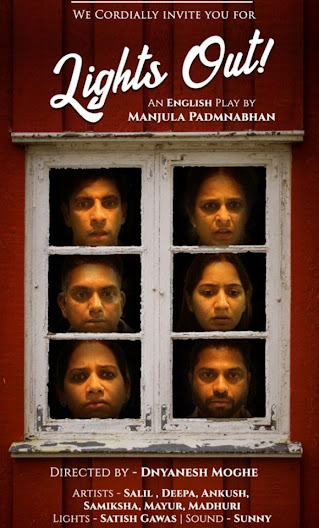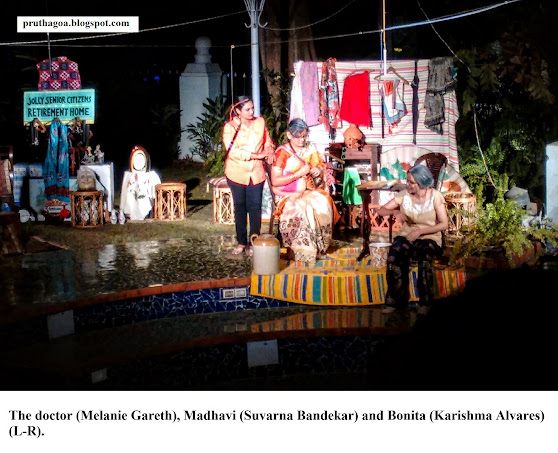Simply Yasmeen!

She describes herself as ‘nobody special’, saying, ‘I am simply me…Yasmeen.’ Yet Yasmeen Premji has achieved much in her life. This unassuming woman has rarely made herself known in the media though she is the wife of one of India’s leading businessmen, Azim Premji. Her husband may be chairman of the Wipro company and renowned for his philanthropy, but Ms. Premji holds her own as a woman of substance. Always a brilliant student, Ms. Premji managed to top St. Xavier's College, Mumbai, obtaining the highest marks in psychology at Bombay University. She then completed her Master of Arts degree from Smith College, U.S.A., on a scholarship. But her proficiency was not limited to academics. Ms. Premji has been an avid sportsperson. At her school, Queen Mary’s, she participated in basketball, athletics, table-tennis, chess and hockey, and was appointed games captain too. It is not surprising that hockey remains high on her list as she has represented her college and state in this sport. M





